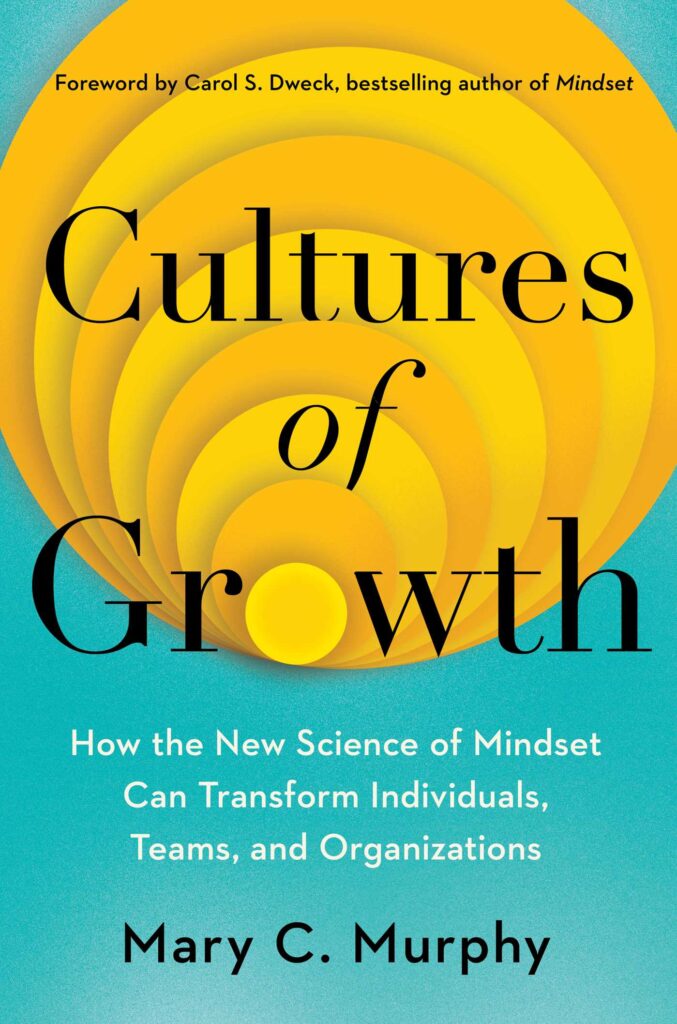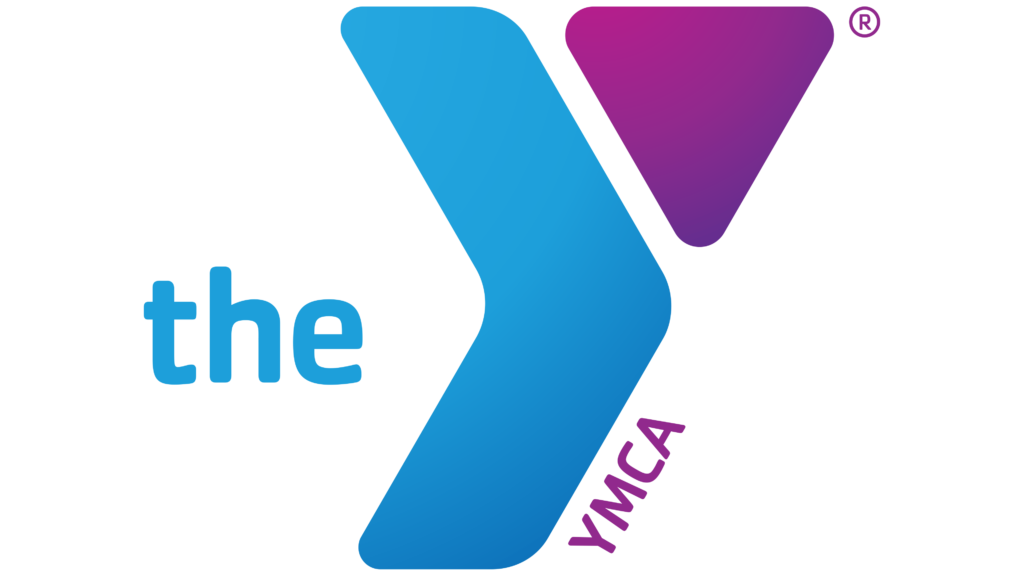Iowa’s 4-year high school graduation rate increases slightly
Studies show numerous benefits to earning a high school diploma


The four-year graduation rate for Iowa’s public high school class of 2024 was 88.3%, slightly higher than the rate of the previous year’s graduating class, new data from the Iowa Department of Education shows.
In fall 2020, in the midst of the pandemic, 38,701 Iowa public school students began ninth grade; in spring 2024, 34,158, or 88.3%, of those students received their high school diploma, the state data shows. The graduation rate of the high school class of 2023 was 87.5%.
Urban school districts tended to have graduation rates that were below the state average, as did districts with a high percentage of students whose first language isn’t English, the state data showed.
Many studies done over the past 40 years have shown that having an educated workforce is crucial to the economic prosperity of a community, state and nation as well as to individuals. Companies are more likely to locate in an area with a workforce that is skilled and educated. Businesses have learned that educated workers perform tasks more efficiently and effectively, which leads to higher productivity. Workers with at least a high school diploma earn more than those without and are less likely to receive unemployment benefits, studies show.
And while jobs exist for people who don’t have a high school diploma, pay is low and the ability to advance is minimal.

“A lot of places are happy to hire a high school sophomore but if you’re older, employers are going to ask why you don’t have that high school diploma,” said Megan Milligan, president and CEO of the Iowa Center for Economic Success, a nonprofit organization located at 2210 Grand Ave. in Des Moines. “You don’t want that first conversation with a potential employer spent explaining why you don’t have a high school degree.”
Graduation rates among subgroups
Iowa is seeing some improvement in graduation rates among various student subgroups, state data shows. In the class of 2024, these are graduation rates among various specific groups:
- Students with disabilities, 70.3% (3,711 of 5,279). In 2023, the group’s graduation rate was 67.9%; in 2019, it was 69.6%.
- Students from low-income families, 80.2% (15,459 of 19,274). In 2023, the group’s graduation rate was 78.7%; in 2019, it was 79.5%.
- Students whose first language is not English, 73.4% (1,772 of 2,413). In 2023, the group’s graduation rate was 73.7%; in 2019, it was 75.2%.
“Our data also shows encouraging, significant progress in narrowing graduation rate gaps experienced by students with disabilities and students from low-income backgrounds,” McKenzie Snow, the department’s director, said in a news release. “Together with educators and families, Iowa will continue to provide all students with what they need to meet high expectations and realize their incredible potential.”
The state of Iowa calculates high school graduation rates using a formula established several years ago by the U.S. Department of Education. Each student receives a unique identification number that allows districts to account for all ninth grade students as they move through high school.
The identification numbers allow the state to determine whether a student graduates even if the student changes school districts.
In the class of 2024, 4,543 students who started high school in the fall of 2020 did not receive a diploma four years later, state data shows. According to the department, 2,424 of the students dropped out of school and 2,111 were still in enrolled. Students who dropped out of school can reenroll and earn a diploma or obtain a high school equivalency credential.
More earning power
Obtaining at least a high school diploma is economically beneficial for individuals, data from the U.S. Bureau of Labor Statistics shows. In 2023, workers who were 25 and older who did not have a high school diploma had the highest unemployment rate (5.6%) and lowest median weekly earnings ($708) in 2023 among those of all education levels, according to the data.
A study released in 2021 by the Georgetown University Center on Education and the Workforce shows that adults who don’t have a high school diploma, on average, will earn $973,000 during their work career, or 25% less than the $1.3 million earned by those who graduated from college. The more education a person has, the higher their earning power, the study showed.

“Education is so very critical for your future,” said Wendy Mihm-Herold, president and CEO of Iowa Jobs for America’s Graduates, or iJAG, which serves 10,000 Iowa high school students. “You don’t have to have a four-year degree; you don’t have to have a two-year degree. You do need to be a lifelong learner. Education is going to move you up in your financial gain … and move you forward in your career.”
Students who are engaged in learning, have a connection with people in school, including teachers and peers, and are involved in activities will likely graduate from high school, Mihm-Herold said.
“The other important thing is having a work-based learning experience,” she said. “It’s absolutely important [for students] to be connected with job opportunities and to understand what they are going to school for.”
A societal stigma is associated with people who do not complete high school, said Milligan. “Not having a high school diploma is one of the last acceptable forms of discrimination.”
The Iowa Center, which was founded in 1987, helps entrepreneurs start, manage and grow their small business. Milligan said it’s not unusual for the center to work with a person with a good idea for a business but who struggles to explain the concept or prepare a spreadsheet that includes expenses versus income.
The ability to communicate and the ability to do simple math are among the skills needed to be successful in a career, including starting a business, Milligan said.
“The sooner a person exits systems where those lessons are learned, the harder it will be for them to succeed,” she said.
Other states’ graduation rates
The following shows how Iowa’s four-year public high school graduation rate for the class of 2024 compares with surrounding states, according to the states’ departments of education. Minnesota has not yet released the information.
- Wisconsin – 91.1%
- Missouri – 90.8%
- Iowa – 88.3%
- Nebraska – 88.2%
- Illinois – 87.7%
- South Dakota – 84%
View a spreadsheet of four-year graduation rates for Iowa’s more than 300 public school districts. The spreadsheet is for the graduating classes of 2019 through 2024 and includes overall rates as well as those for low-income students and those learning English. To view the spreadsheet, click here.

Kathy A. Bolten
Kathy A. Bolten is a senior staff writer at Business Record. She covers real estate and development, workforce development, education, banking and finance, and housing.








